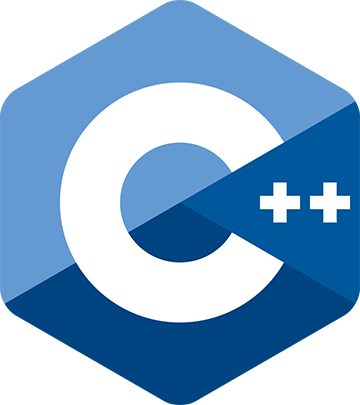A Case for p0424 - Sane C++ Serialization -- Wojciech Szeszol
Serialization was always a problematic topic in C++. Is it going to change in the future? Check out to see how the string literals as the template parameters can help here.
A Case for p0424 - Sane C++ Serialization
By Wojciech Szeszol
From the article:
Probably every C# developer knows how versatile the Newtonsoft.Json or the standard C# serialization libraries are. The serialization with DataContract or JsonProperty is easy to write, maintain and quite efficient. When we compare it with what C++ have to offer, the latter looks very poorly. We have selection of dedicated reflection/serialization libraries [...]. Unfortunately all of them come with different sets of drawbacks: they require the serialization methods to be written manually, force usage of ugly macros, require manual registration of the structures and their fields or involve additional compilation step for the schema definitions. [...] This may change with the new C++20 standard and the introduction of the string literals as the template parameters.

 Have you registered for CppCon 2018 in September?
Have you registered for CppCon 2018 in September?  Have you registered for CppCon 2018 in September?
Have you registered for CppCon 2018 in September?